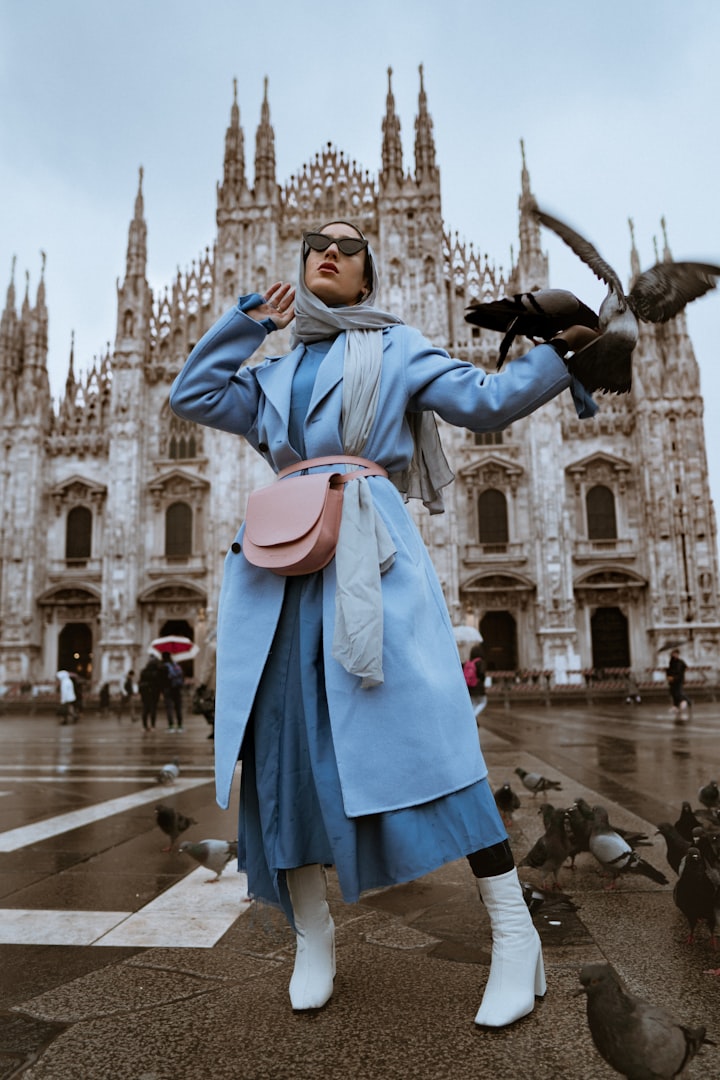Fashion Trends and Their Impact on Society: From Style to Sustainability
Fashion Tips

Fashion has always been a significant part of human culture, reflecting our changing tastes, attitudes, and values. Fashion trends emerge from various sources, such as popular culture, history, art, and technology, and spread through various channels, such as media, social networks, and peer groups. However, the impact of fashion on society is not always positive, as it can also perpetuate harmful stereotypes, create environmental and social challenges, and reinforce inequality. This article explores the complex relationship between fashion and society, highlighting the benefits and challenges of fashion in promoting style, identity, and sustainability.
Fashion and Style: Creativity and Innovation
Fashion is an art form, and like any art form, it is an expression of human creativity and innovation. Fashion designers create new styles, fabrics, and accessories, pushing the boundaries of what is possible and acceptable. Fashion consumers also participate in this creative process, by adapting, combining, and personalizing their clothing choices. Fashion styles can be influenced by various factors, such as history, culture, geography, and technology. For example, the 1960s fashion was characterized by the hippie and mod movements, which embraced freedom, individuality, and experimentation. The 1980s fashion was defined by the glam rock and punk subcultures, which expressed rebellion, excess, and nonconformity. The 2010s fashion was marked by the rise of social media and fast fashion, which enabled consumers to access and mimic the latest trends quickly and cheaply.
Fashion and Identity: Self-expression and Belonging
Fashion is also a means of self-expression and identity formation, allowing individuals to communicate their personality, values, and aspirations through their clothing. Fashion can help individuals to establish their social status, cultural identity, and gender expression, and to belong to specific groups and communities. Fashion can also help individuals to express their emotions, such as joy, sadness, anger, and confidence, through their clothing choices. Fashion can be a source of empowerment and liberation, by enabling individuals to break free from oppressive norms and expectations.
Fashion and Exploitation: Labor and Ethics
However, the fashion industry is also known for its exploitation of labor and resources, especially in developing countries, where most of the textile and garment production takes place. The fashion supply chain involves millions of workers, including farmers, spinners, weavers, dyers, cutters, sewers, and packers, who often work in low-paid, dangerous, and unhealthy conditions. The fast fashion model, which promotes the production of cheap and disposable clothing, also contributes to the environmental degradation and depletion of natural resources, such as water, soil, and energy. The fashion industry also faces ethical challenges, such as animal welfare, fair trade, and sustainable sourcing. Consumers have become more aware of these issues, and demand more transparency, accountability, and responsibility from fashion companies.
Fashion and Sustainability: Circular Economy and Conscious Consumption
Fashion can also play a significant role in promoting sustainability and circular economy, by reducing waste, pollution, and resource depletion. The circular fashion model emphasizes the reuse, repair, and recycling of clothing, and the reduction of the environmental and social impact of fashion production and consumption. The conscious consumption movement encourages consumers to make more informed and responsible fashion choices, by considering the environmental and social impact of their purchases, and by supporting ethical and sustainable fashion brands. Fashion companies have also adopted various sustainability initiatives, such as eco-friendly fabrics, zero-waste production, and social responsibility programs.
Fashion and Society: Representation and Diversity
Fashion also reflects the larger social and cultural trends and challenges of society, such as representation, diversity, and inclusion. Fashion can be a platform for promoting social and political change, by challenging stereotypes, prejudices, and discrimination





Comments
There are no comments for this story
Be the first to respond and start the conversation.